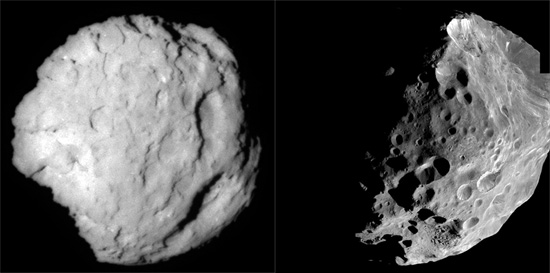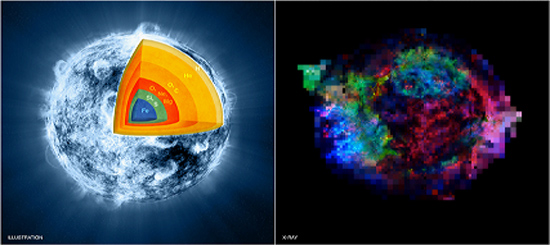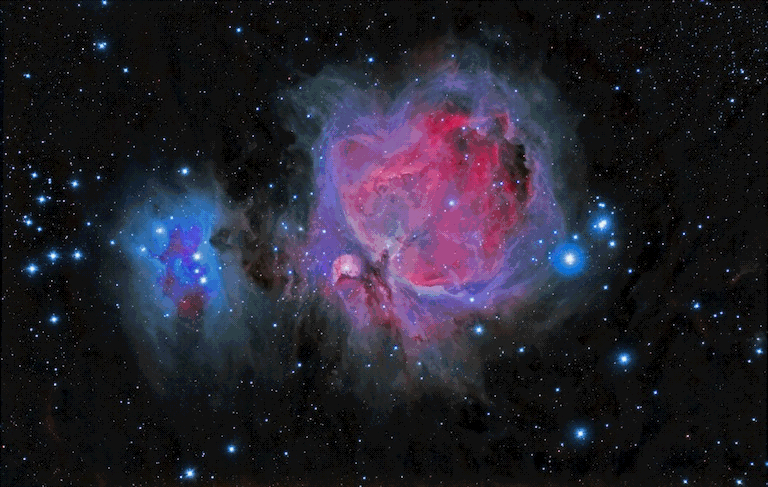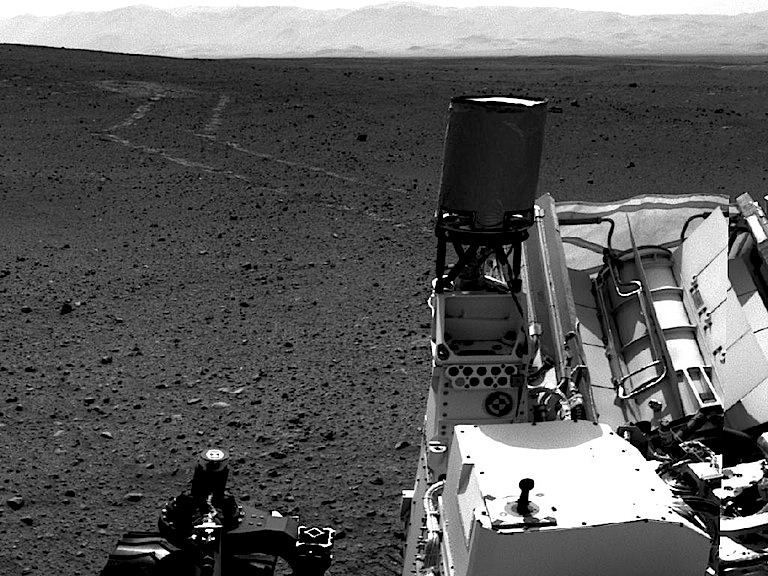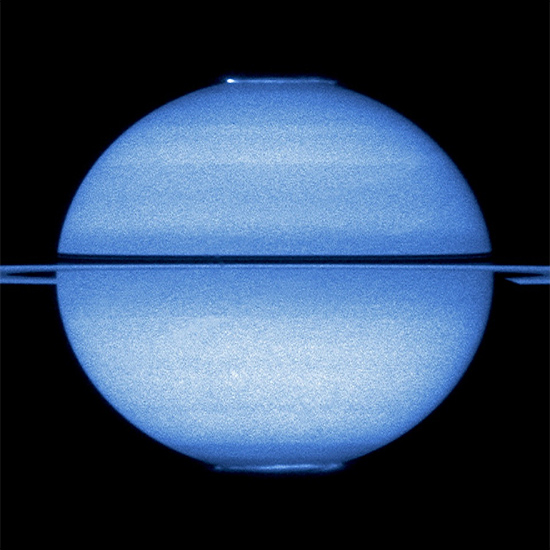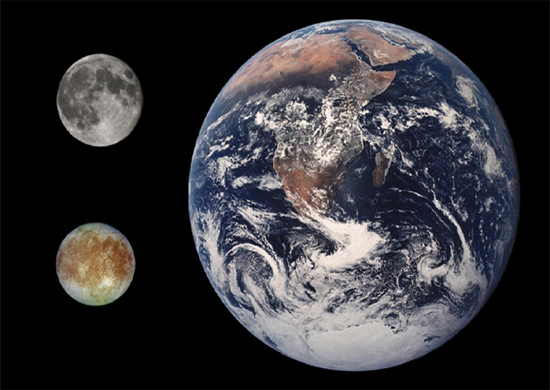Electric “Creation”
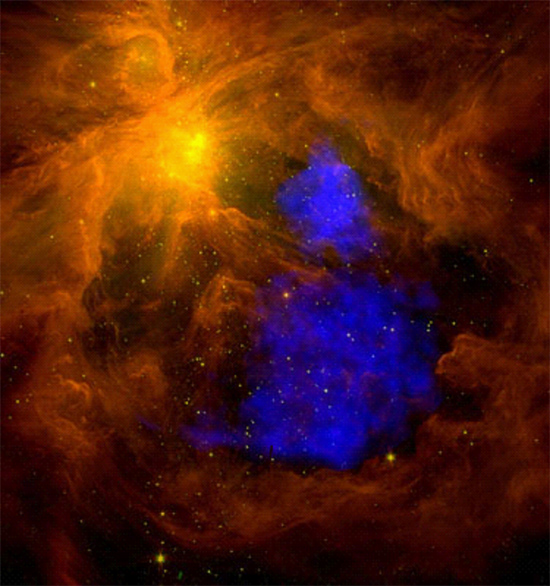
Sep 13, 2012 Million-degree plasma in the Orion Nebula comes not from the kinetic excitation of cold gas, but from the electric currents of space. For many years astrophysical theories of stellar and galactic development have been relegated to the processes of mechanical action. Everything we see and all…





